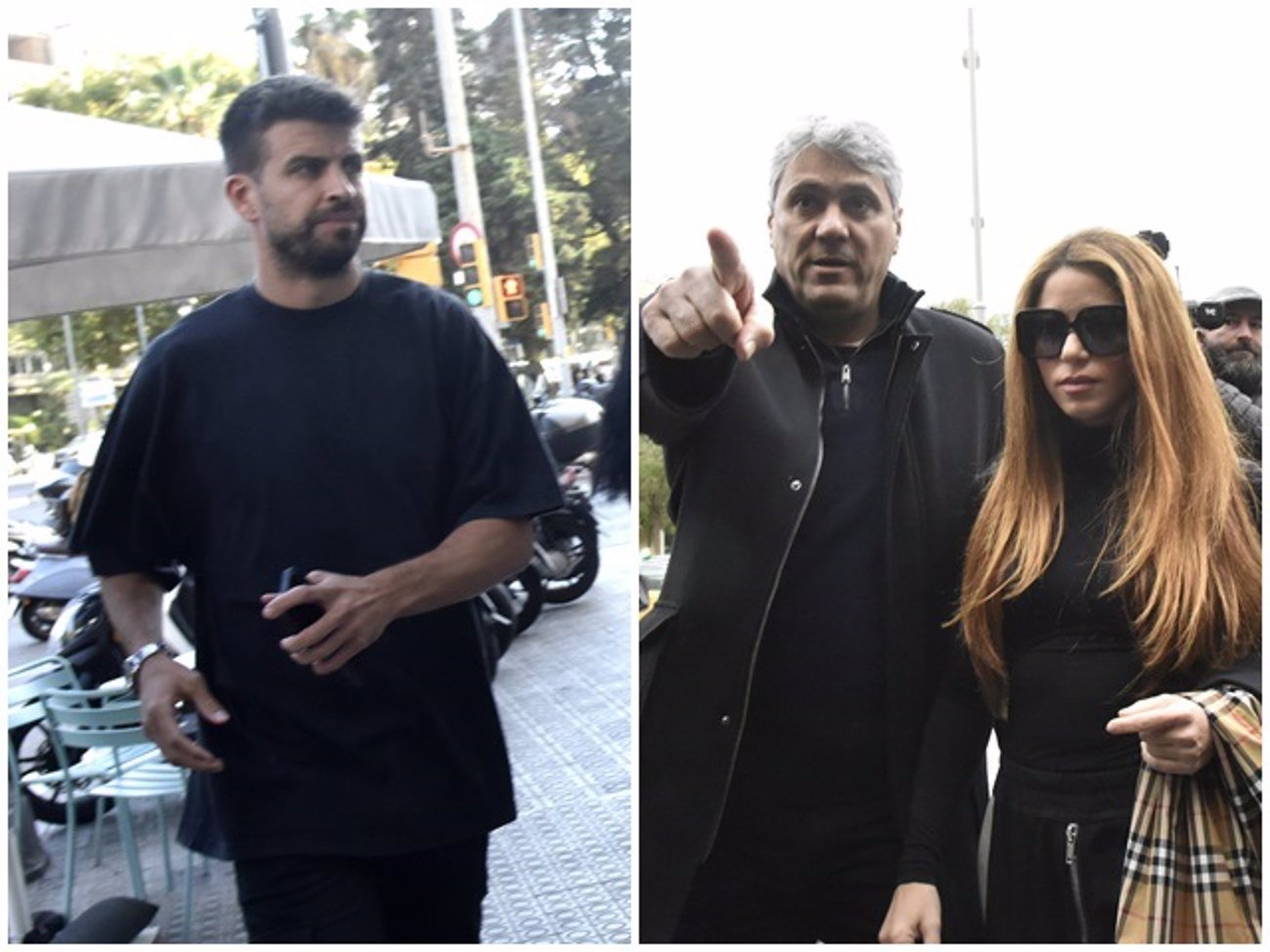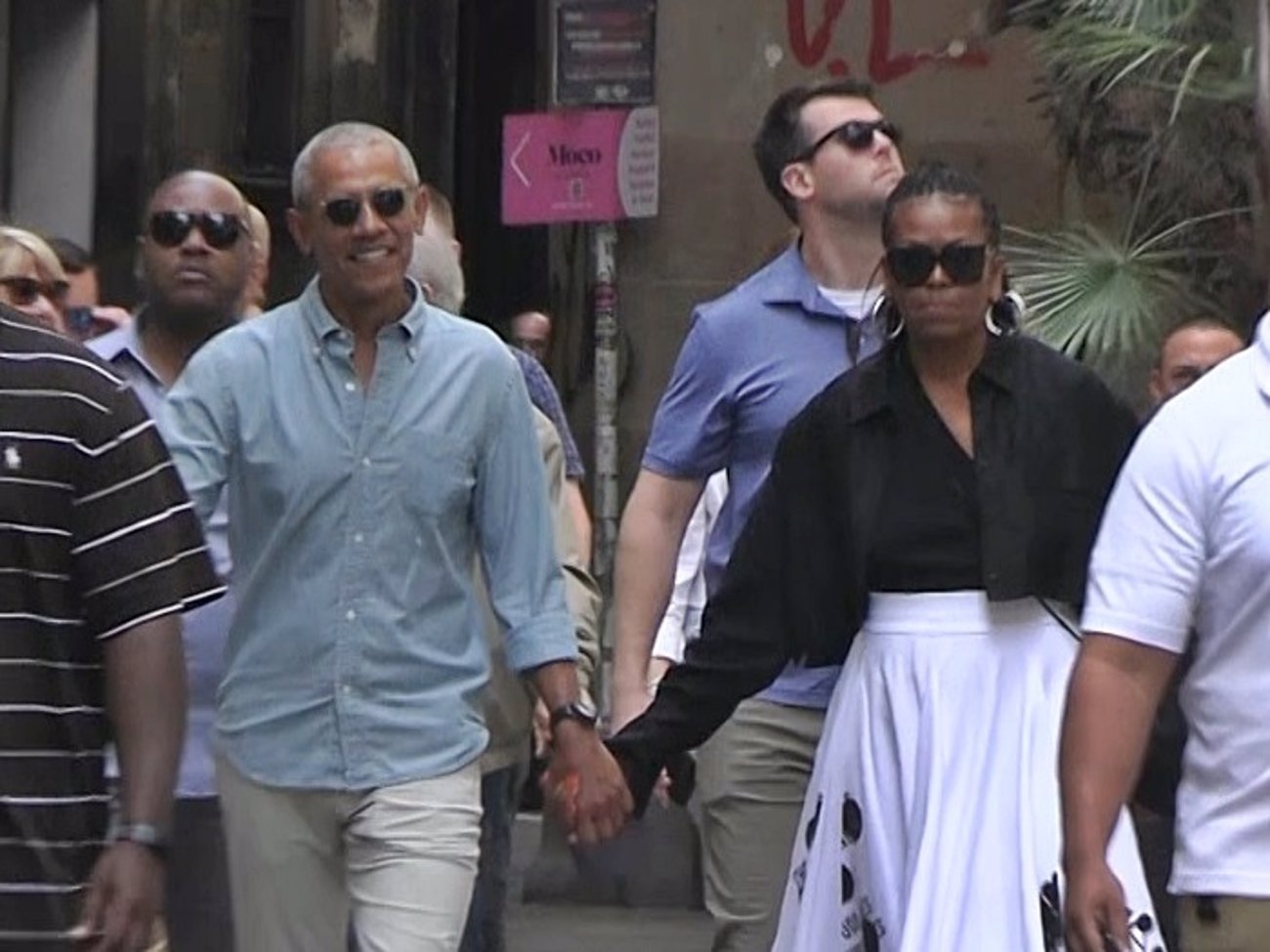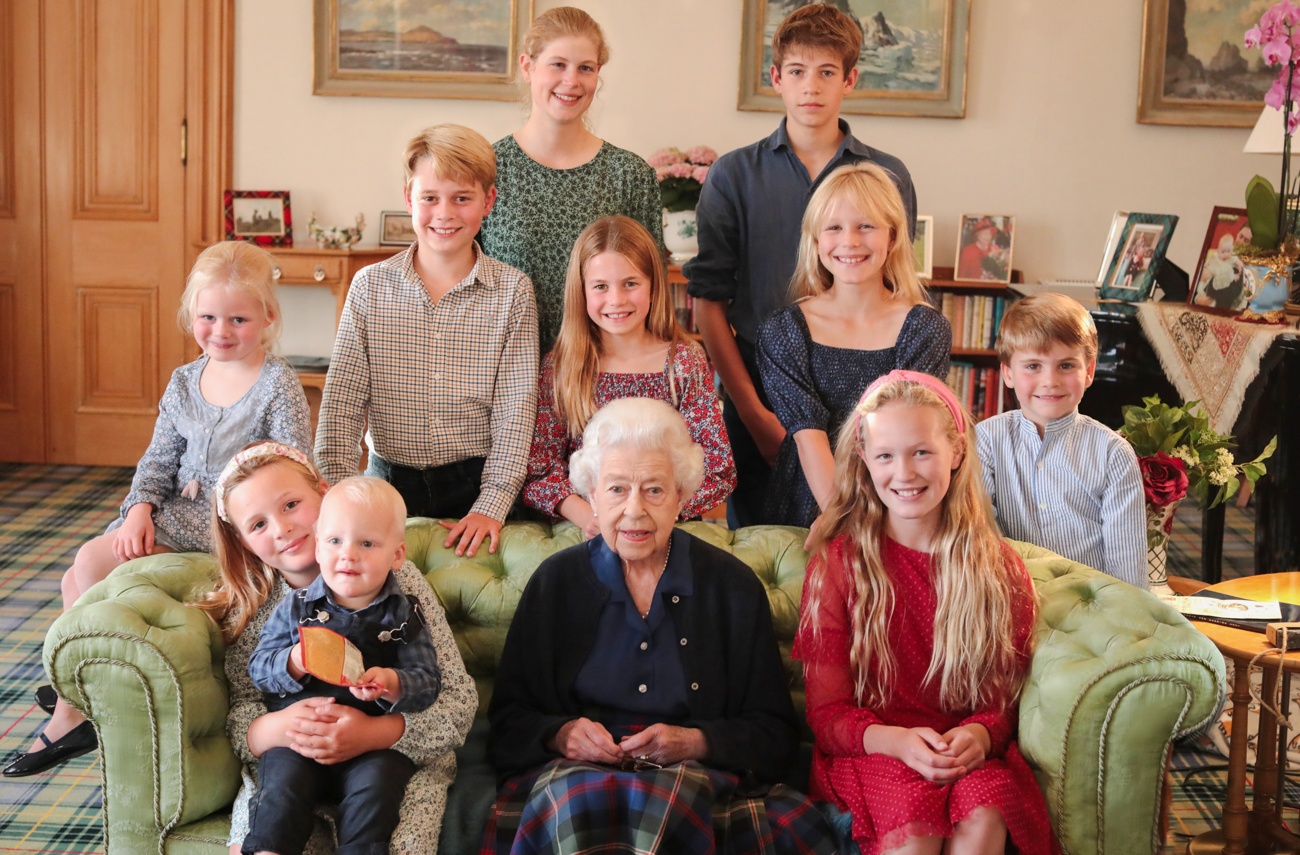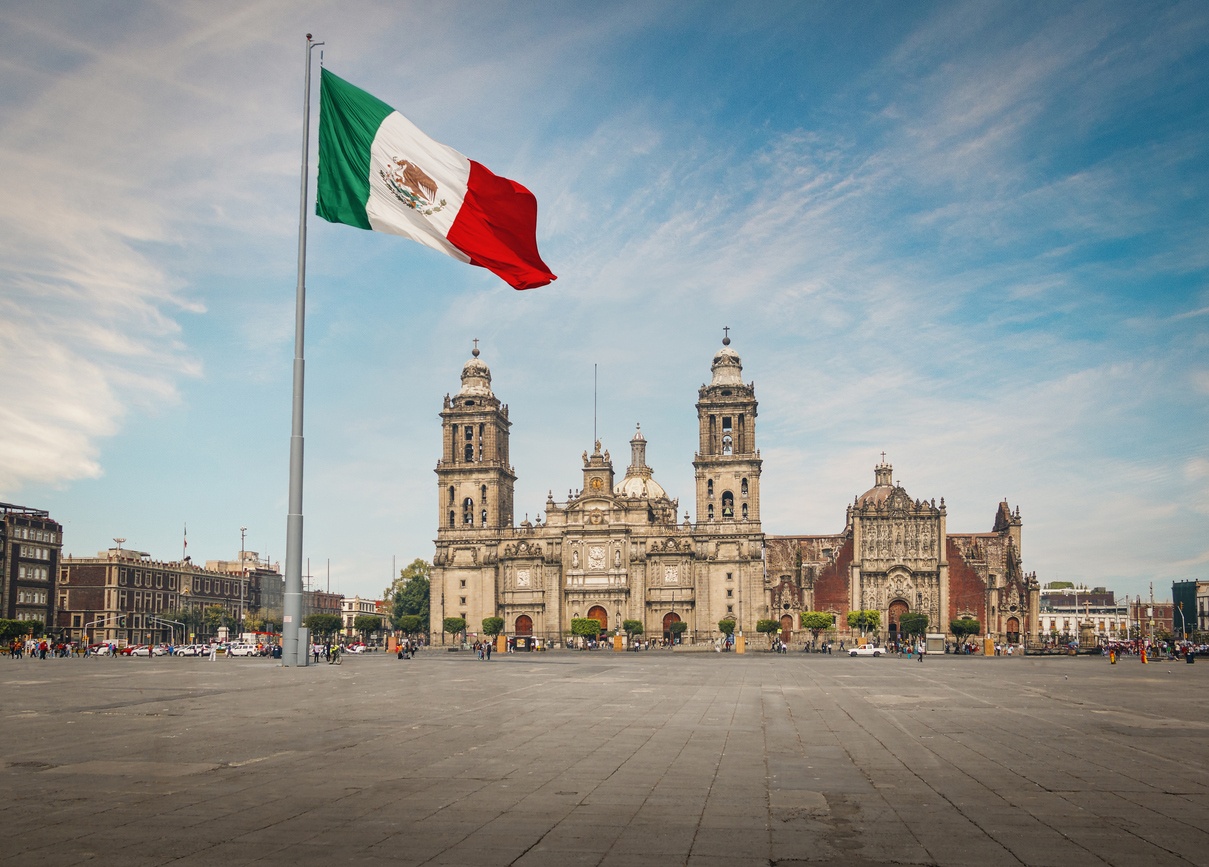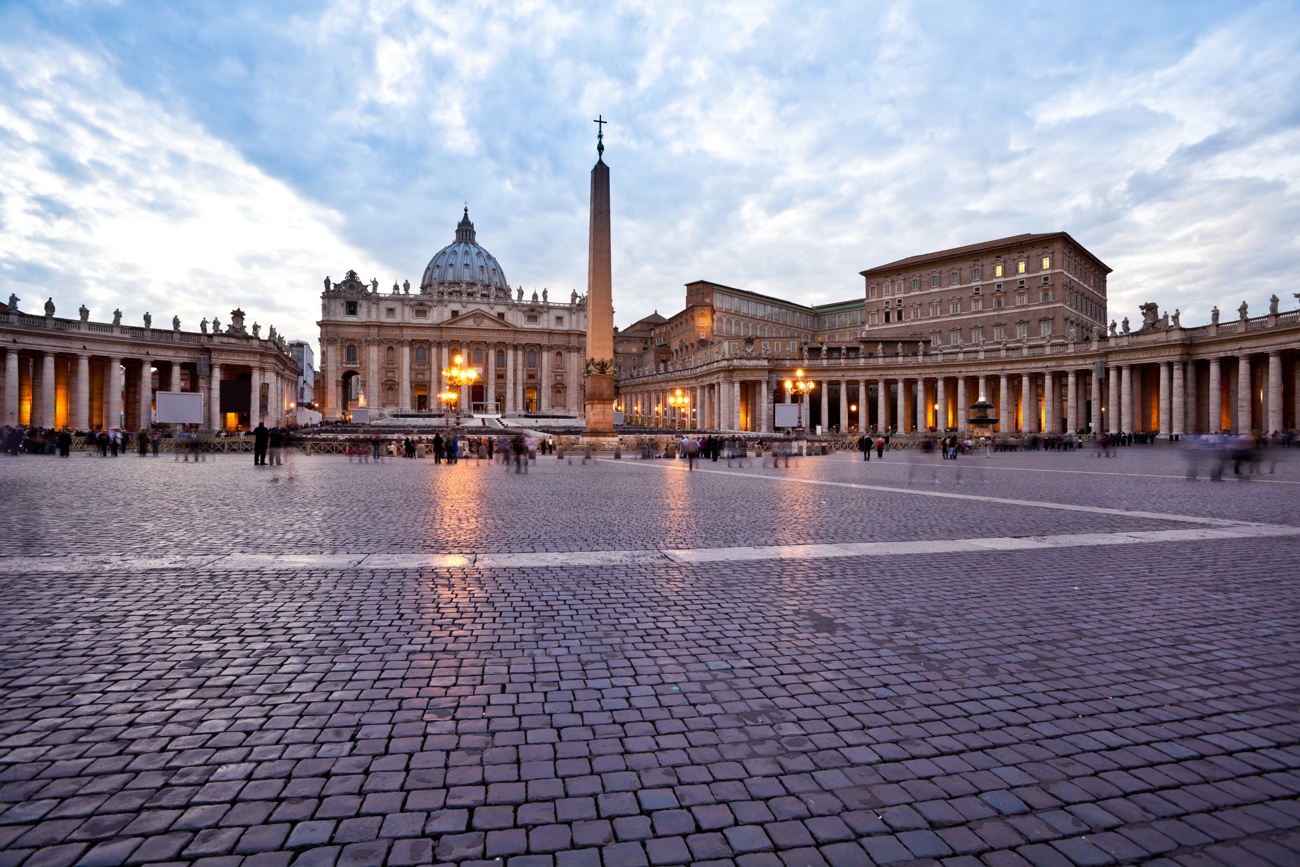
Italy, Rome as the epicenter of Holy Week
Rome is one of the focal points of Christianity and the Easter celebrations they have there are spectacular. They begin on Good Friday and end on Easter Sunday. On the opening day the Pope leads a procession, carrying a wooden cross through the streets of the Italian city. Processions are one of the most typical Easter traditions in many countries with a Christian tradition, and Rome is the epicenter of all of them. The processions are religious parades in which different moments of the life of Jesus Christ are represented and in each country or region they have their own traditions within the tradition.
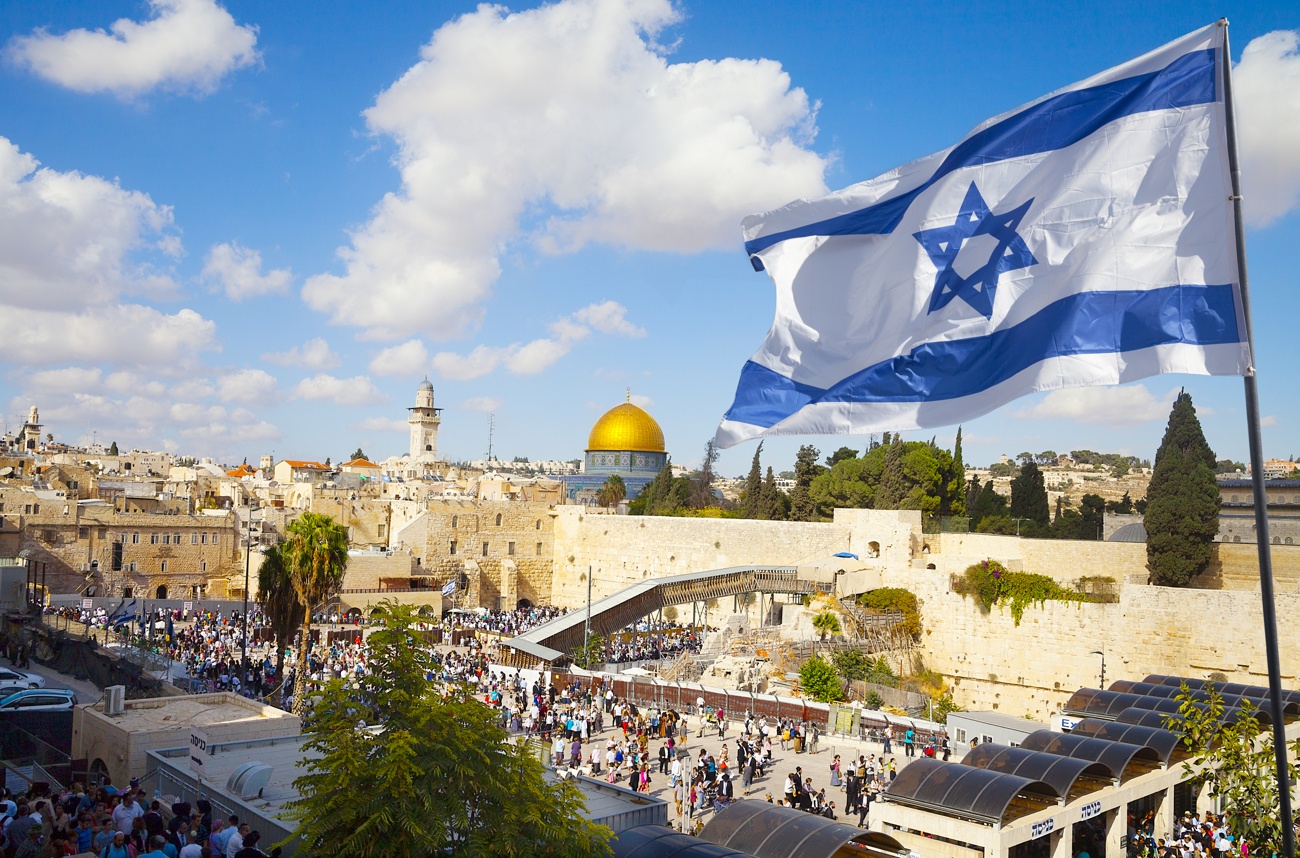
Israel, following in the footsteps of Jesus Christ in Jerusalem
It is one of the most immersive experiences of the Easter traditions. In Jerusalem, home of Jesus Christ in his last days, traditionally the steps of this historical figure are followed as he himself lived them. Between Maundy Thursday and Easter Sunday, thousands of believers relive the last moments of Jesus’ life by following in his footsteps. On Good Friday, the path that led Jesus to the crucifixion is reenacted, with many people dragging a cross. They also go to mass at the Church of the Holy Sepulcher, where Jesus is believed to have been buried and resurrected.
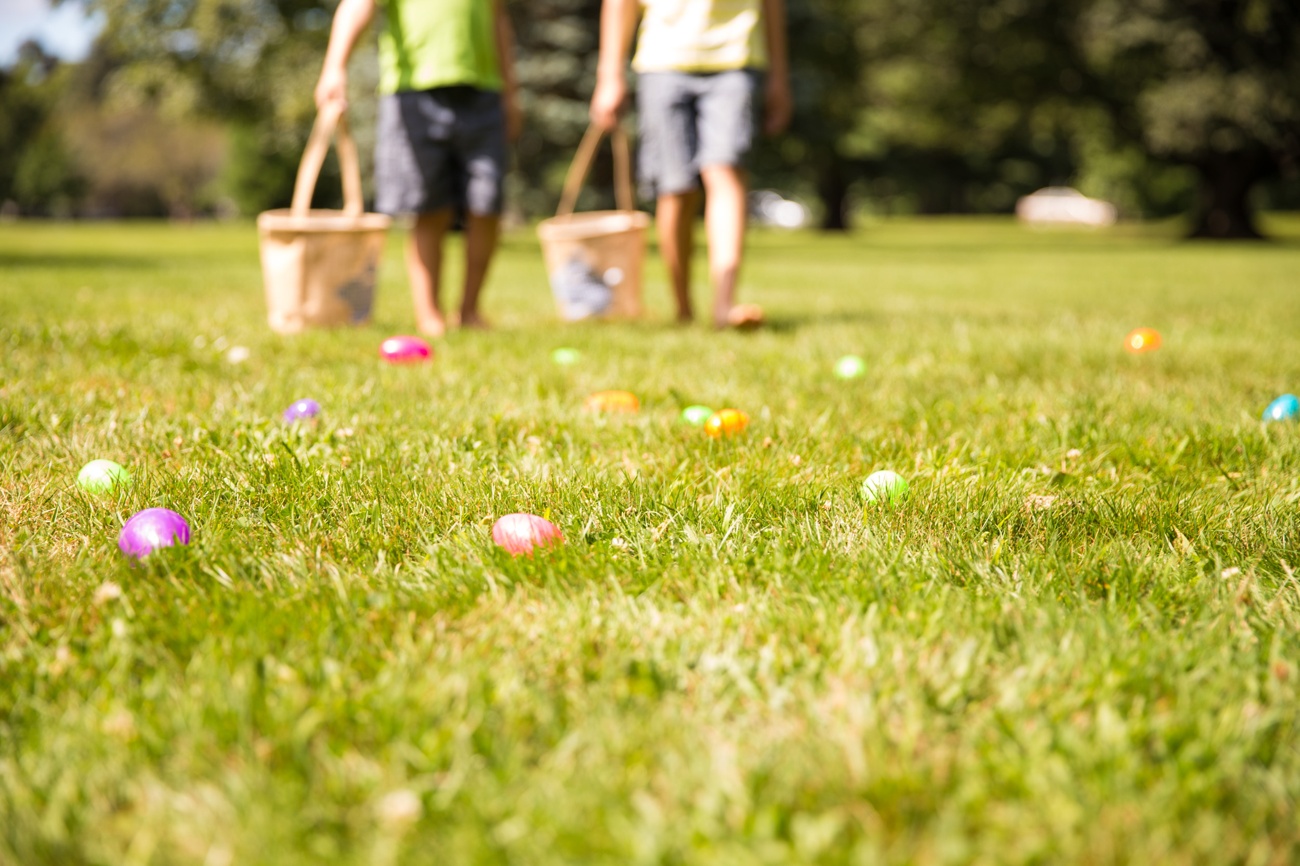
United States, the Easter Bunny
In the United States, the Easter Bunny, an adult disguised as a giant rabbit, hands out small wicker baskets to children and encourages them to find all the Easter eggs hidden in certain planned areas. This tradition so closely associated with the American country is actually a custom that came from Germany. It was brought by the first German immigrants to the New World in the 18th century. The Easter Bunny is so popular that even since 1878 the Blnaca House has opened its garden for a children’s egg rolling competition, a game that consists of rolling an egg across the lawn of the residence of all the presidents of the United States.
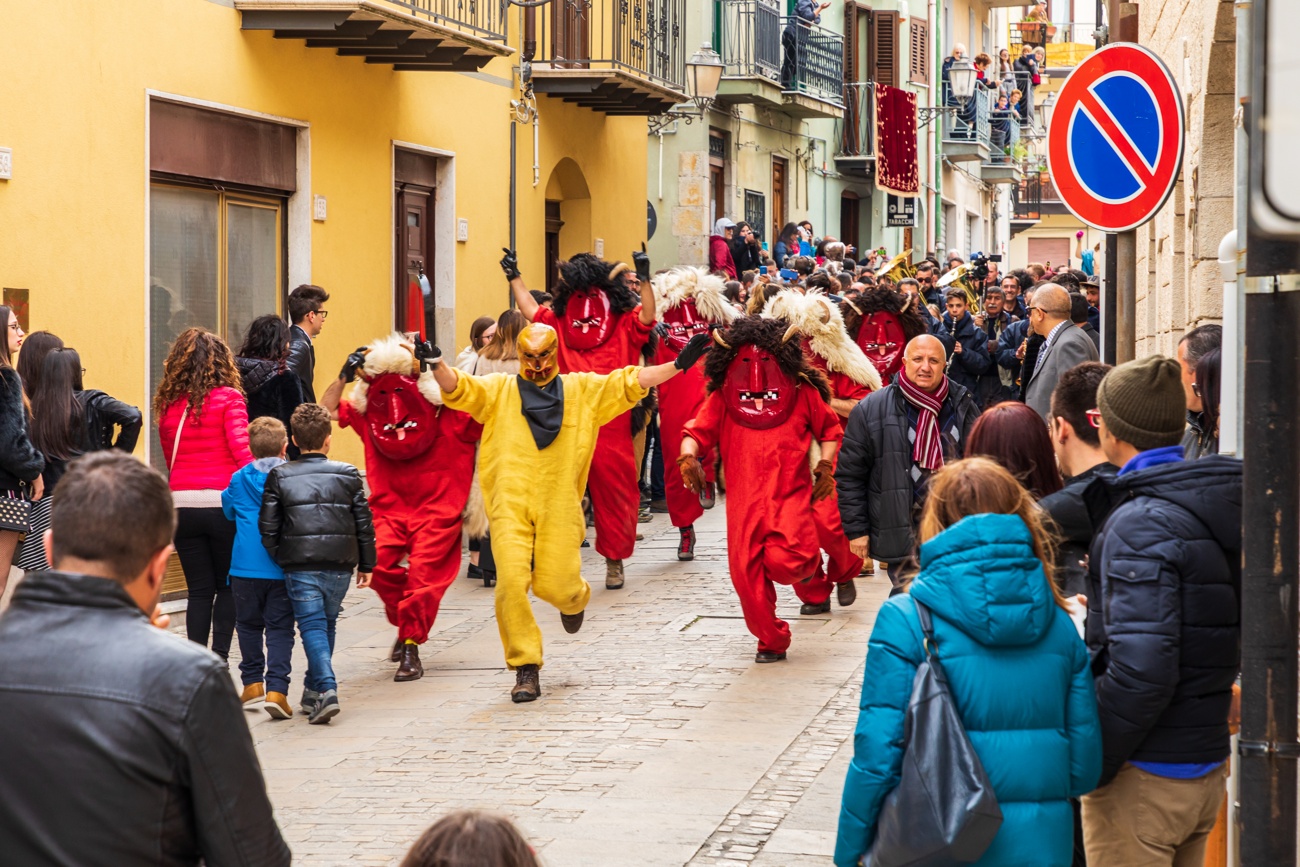
Italy, the demons of Sicily that will try to deceive you
In Italy, the typical Christian traditions of Easter are predominant. However, in southern Italy, in the Sicilian town of Prizzi, there are a series of peculiarities far from the Christian tradition that make it unique. On Easter Sunday mornings, three devils with zinc masks run around tempting the citizens with sweets in order to get their souls. They make mischief until the afternoon when they meet the procession carrying the steps of the Virgin Mary and Jesus Christ. Their presence frightens them and makes them disappear.
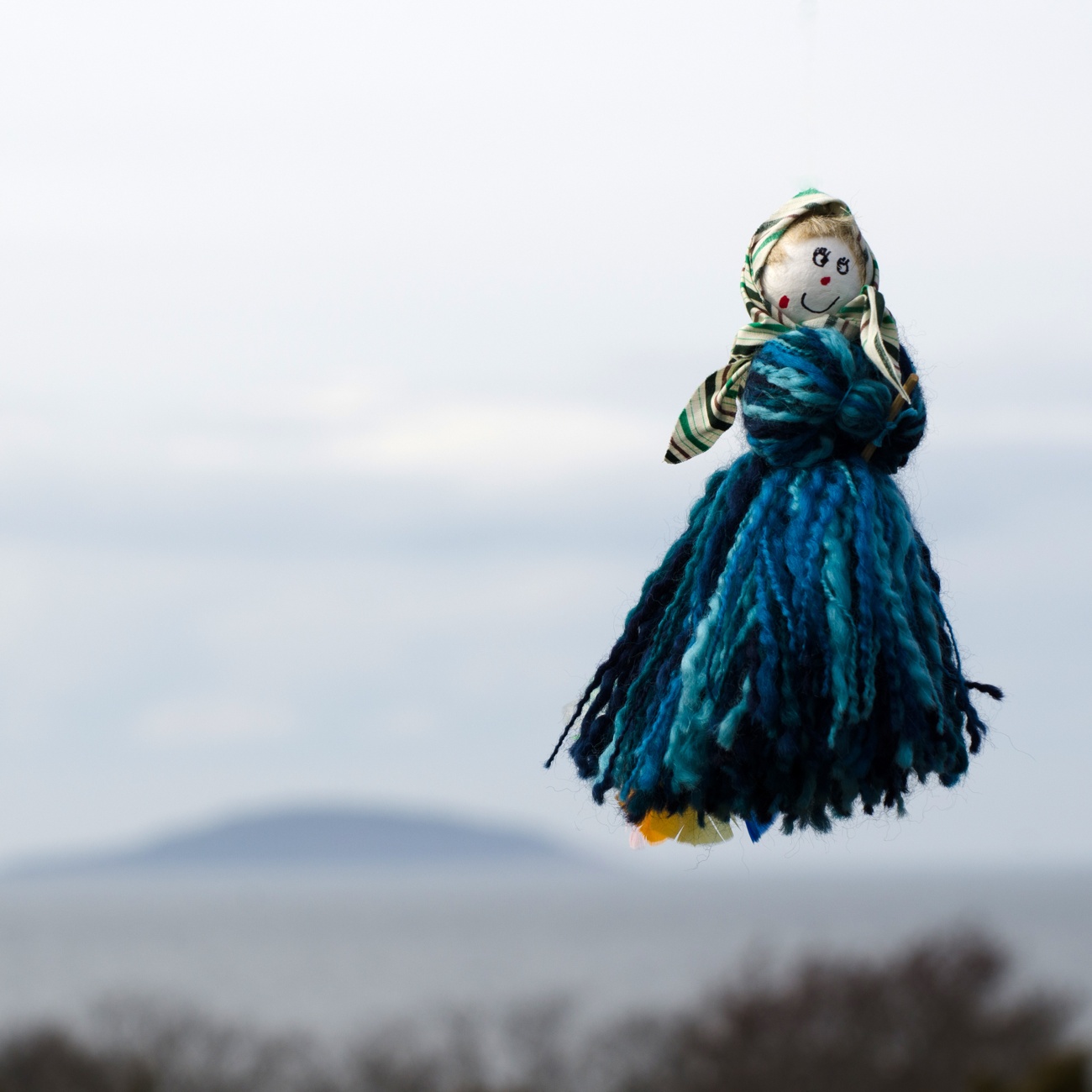
Finland and Sweden, the sweeties
In the countries of Finland and Sweden, at Easter, children dress up as witches, with costumes and make-up and go from house to house asking for eggs and candy, and whatever falls in exchange for singing songs. Even on the night of what would correspond to Good Friday, bonfires are lit to scare away those evil monsters that come back looking for spirits to kidnap.
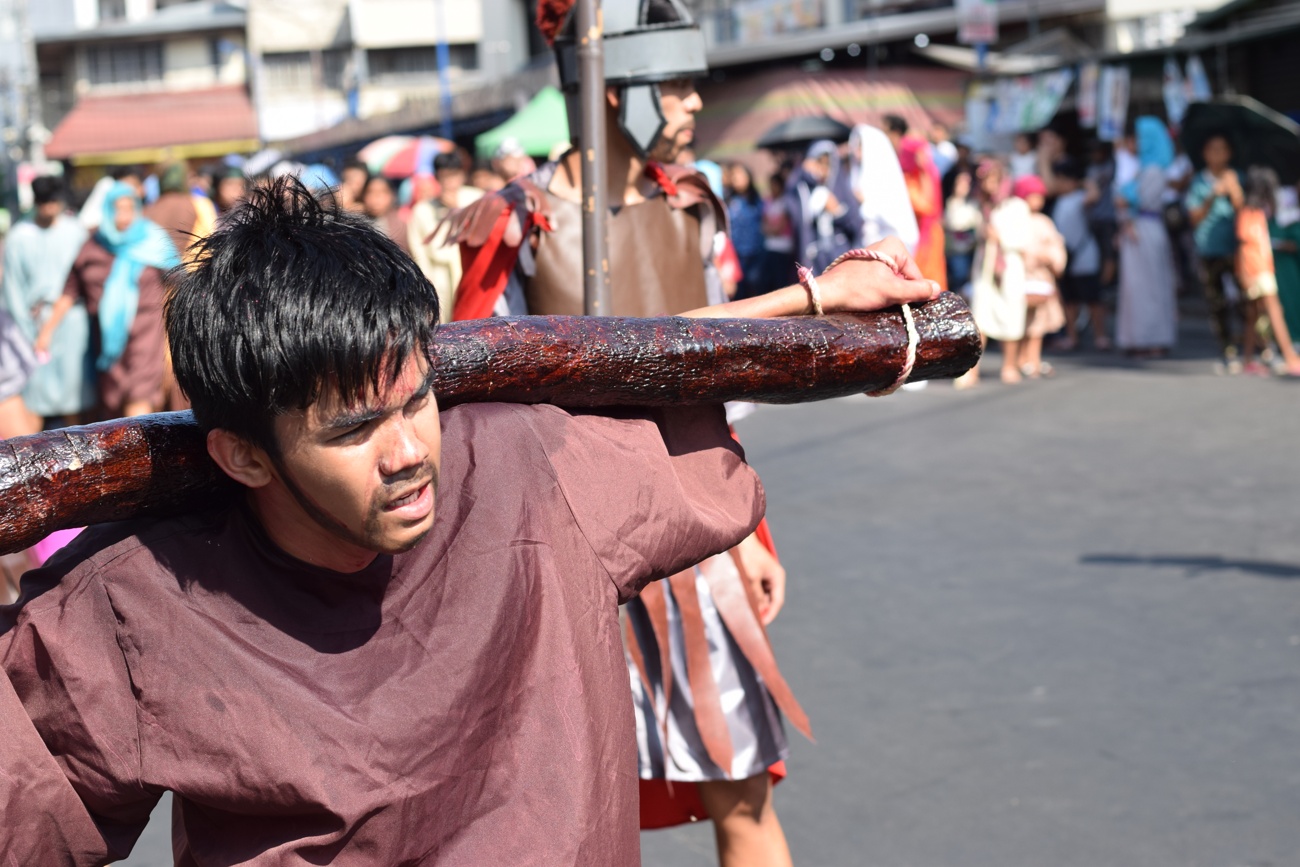
Philippines and real pain at Easter
The predominant religion in the archipelago of the Philippines is Christianity and therefore they follow the Catholic Easter traditions. However, the difference of this territory with others is the literalness of its traditions. Reenactments of the last days of Jesus Christ are applied with a somewhat alarming literalness, although not in the majority of its citizens. There it is a period of pain as the physical penances experienced by Jesus Christ himself abound, i.e., actual scourging and nailing to the cross, lack of food and hydration.

Poland, an Easter full of water
Easter Monday is a watery day in Poland, because it is the feast of ‘smingus-dyngus’. As if it were a real water war, people all over the country get each other wet by throwing buckets, shooting each other with water pistols, water balloons and even the smartest and most clever ones with hoses. The festival commemorates the baptism of the Polish prince Mieszko, but it also has a long tradition of pre-Christian fertility rituals. Therefore, the main targets of this festival are women, who, according to legend, if they are soaked from top to bottom, they will be married within a year.
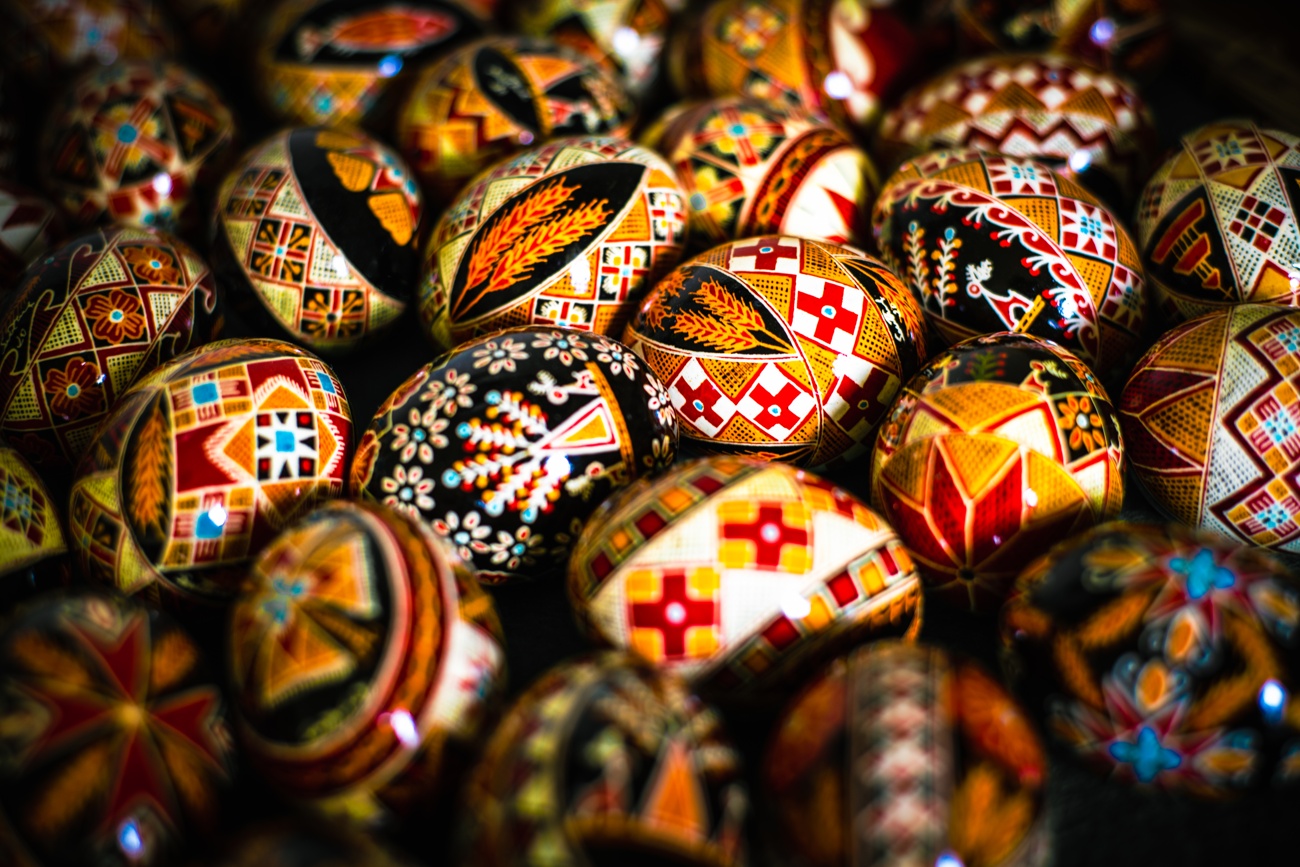
Ukraine and the most beautiful Easter eggs, the pysanka
Eggs are one of the most distinctive elements of Easter all over the world. In Ukraine they are pysanka, the country’s traditional decorative eggs. They are given a wax coating that makes them very resistant and are decorated with all kinds of materials and drawings, predominantly geometric or religious representations.
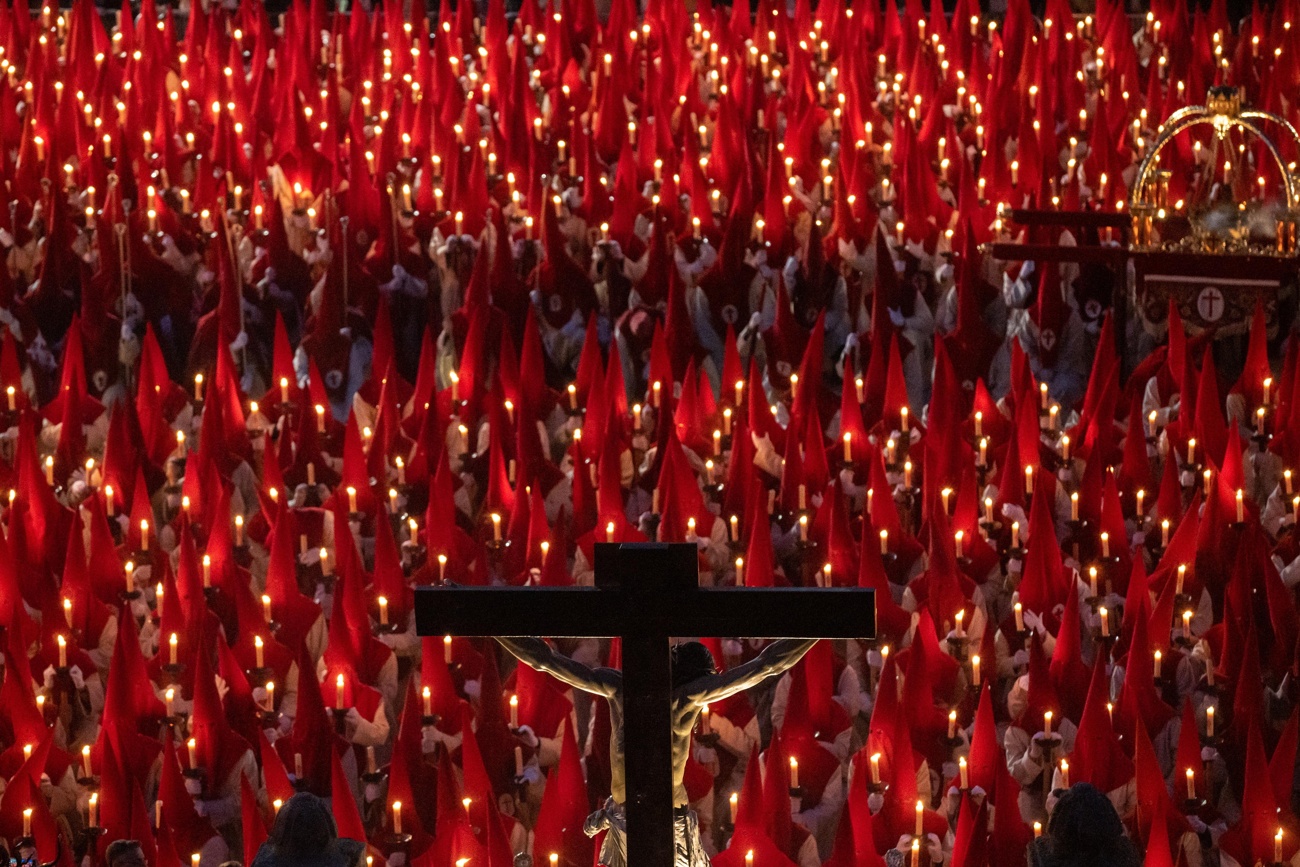
Spain, Holy Week
In Spain, Holy Week is celebrated in its entirety, from Palm Sunday to Easter Sunday. Throughout the country there are processions with hundreds of people and at different times of the day; morning, afternoon, evening, night and early morning. One of the characteristics of the Spanish Holy Week is that the processions are accompanied by citizens who always wear traditional costumes, and each procession has its own. Many of these costumes go viral annually because of their similarities to the outfits worn by members of the KKK, with large hoods over their heads, but with no relation to each other. Traditionally these costumes were created in this way to represent the person’s approach to Heaven by their active participation in religious acts, which brings them closer to God.
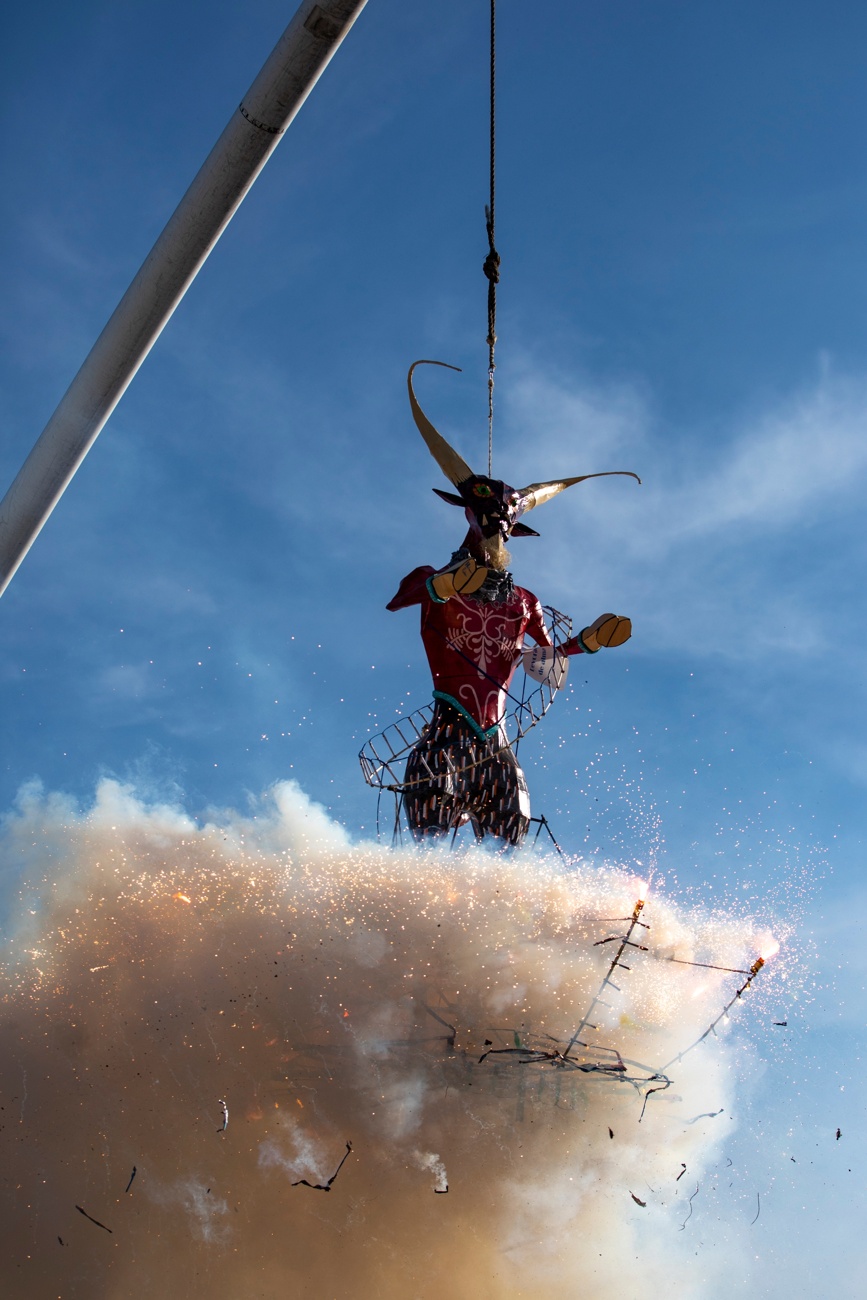
Mexico, the burning of Judas
In Mexico, Holy Week is marked by the representation of the Stations of the Cross and the burning of the effigies of Judas on Easter Sunday.

Nigeria, time for food and gifts
In Nigeria, Easter is celebrated with religious services, as well as the exchange of gifts and meals. A family time accompanied by religion.
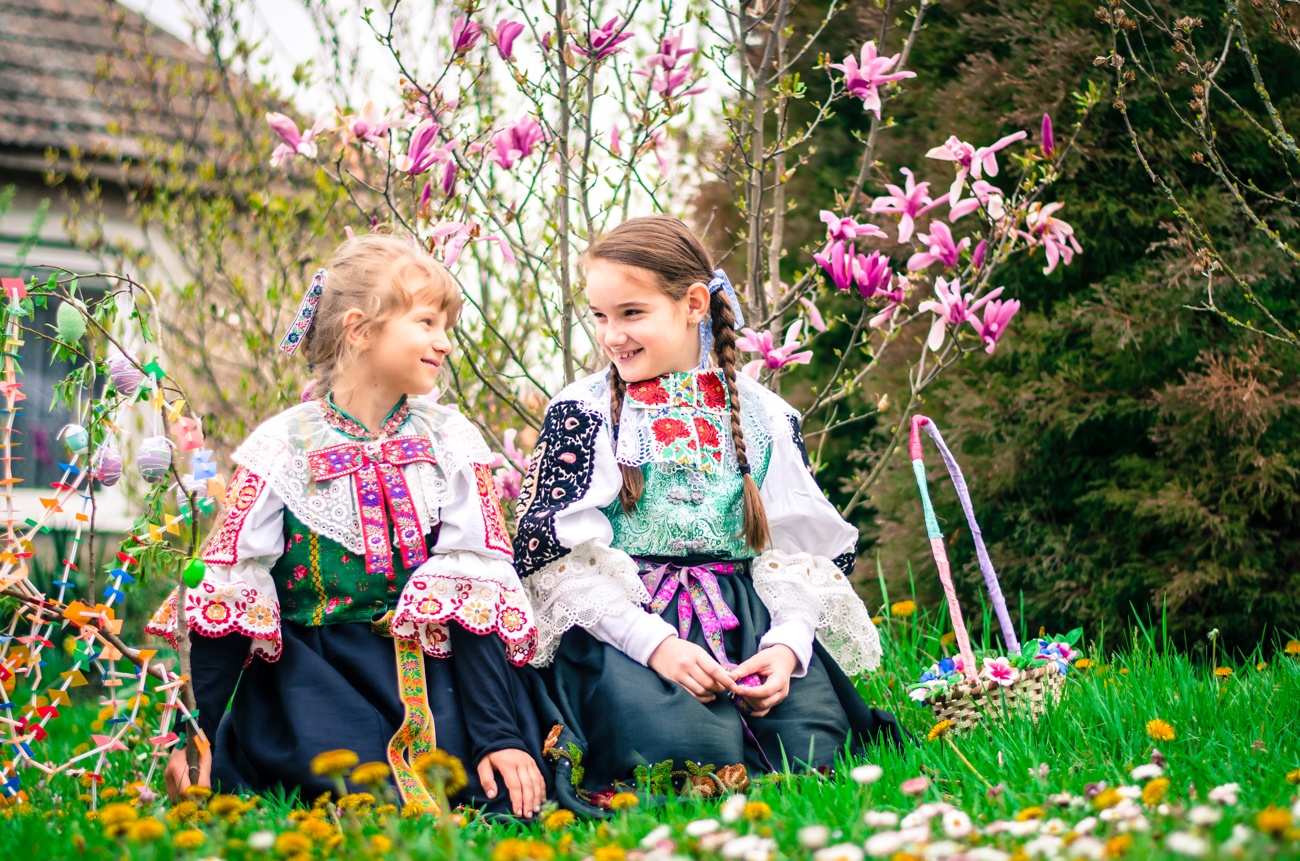
Czech Republic and Slovakia, the willow tree
Prior to Christianity, the Easter season was characterized by abundant fertility rituals linked to the rebirth of women, and in some countries they still persist. In the Czech Republic and Slovakia at Easter, women are gently beaten with sprigs of willow branches. This is because the willow is one of the first trees to bloom with the arrival of spring, which causes the belief that it has the greatest fertilizing power.
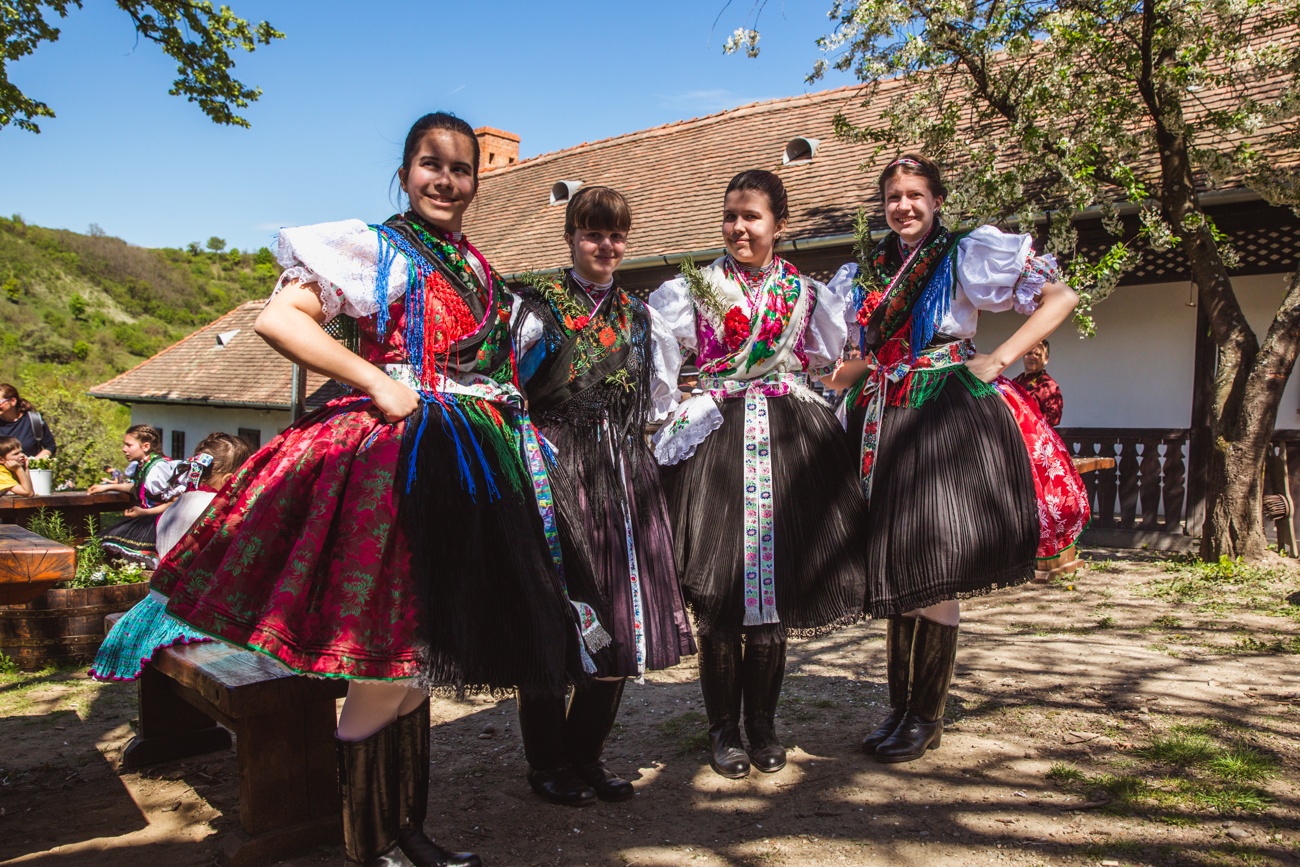
Hungary, fertility through smells
For Easter, linked with fertility traditions closely connected to nature, young girls in Hungary are sprayed with perfumed water on their foreheads to attract fertility to them.
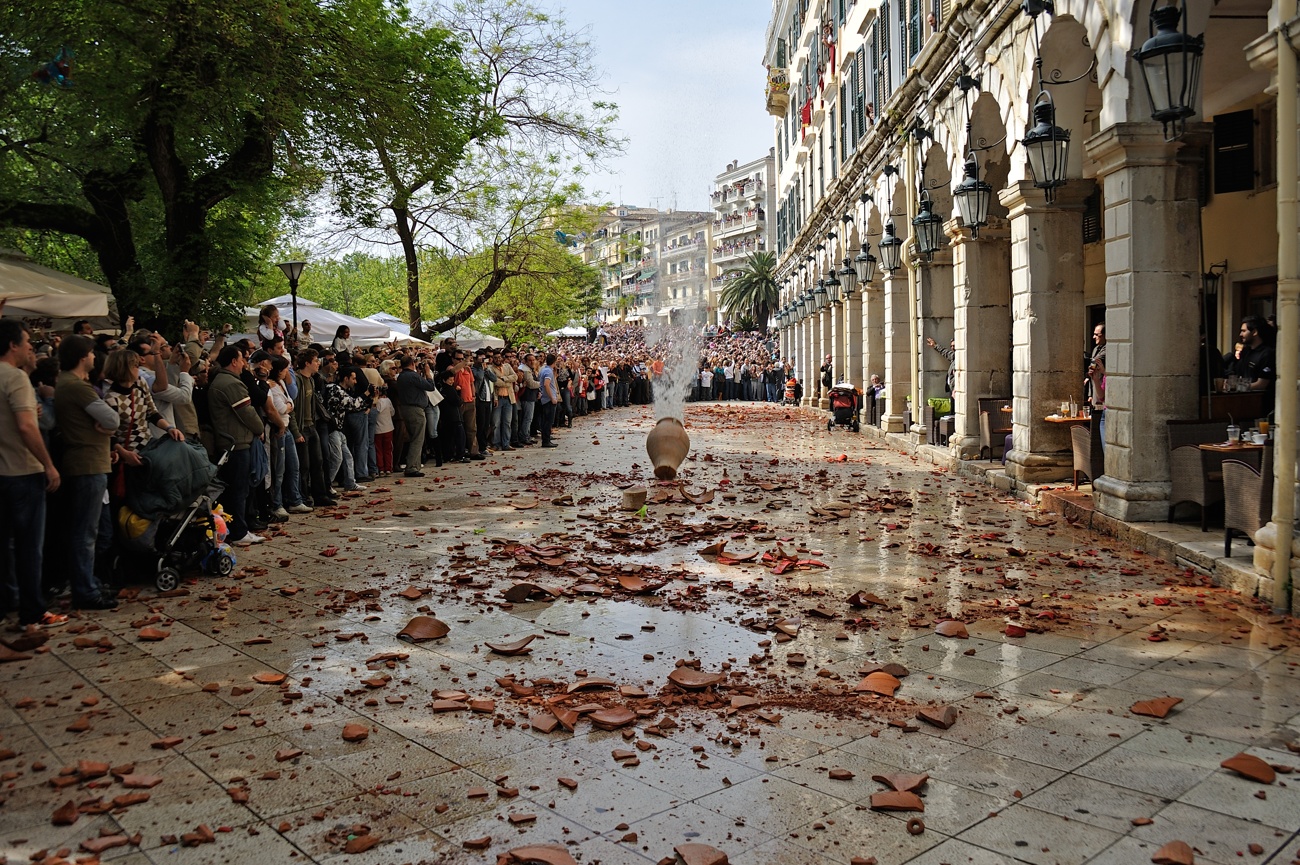
Greece, the launch of ceramics in Corfu
One of the most curious traditions, and a bit risky too. It is a tradition that on Easter Sunday ceramic objects are broken… by throwing them out of the window! The neighbors of the island break pots, jars, trays, even special versions of common objects are made, but of enormous sizes. The origin of this amazing tradition is somewhat vague: some say it is in reaction to the mourning for the death of Jesus Christ, others that it is a way of cleansing in the new liturgical year, others say it symbolizes rebirth and for others it is the best way to let off steam once a year.

Norway, the time of reading
In Norway at Easter, the country’s publishers release special publications in the crime genre, crime novels. This custom is not based on any religious origin. Apparently the ‘paaskekrimmen’, as it is called, began in 1923 when a newspaper published an advertisement for a novel, and its synopsis, in its pages. Many people advertised it and it seemed so real that many readers thought that the story of the novel was real news, and since then the tradition became famous and is still going strong today.
